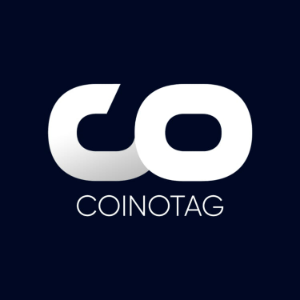Meta AI’s Bold Challenge to OpenAI Unveiled at LlamaCon
4 min read
In the rapidly evolving world of artificial intelligence, where competition is fierce, Meta recently made a significant move that has the industry buzzing. At its inaugural developer conference, LlamaCon , held at its headquarters in Menlo Park, California, Meta laid bare its strategy to directly confront rivals, most notably OpenAI. This wasn’t just a showcase of new tech; it felt like a declaration of war in the AI space, heavily focused on promoting an open AI ecosystem . What Did Meta Unveil at LlamaCon? Meta used LlamaCon as a platform to launch two key products aimed squarely at expanding the reach of its open Llama models and, perhaps more importantly, undercutting the dominance of closed AI providers like OpenAI. The main announcements included: A Consumer-Facing Meta AI Chatbot App: Designed to go head-to-head with ChatGPT, this new app offers users a direct way to interact with Meta’s AI capabilities. Intriguingly, it includes a social feed where users can share their AI conversations, hinting at a potential social layer that could challenge OpenAI’s rumored social network ambitions. The app also promises personalized responses based on a user’s activity across Meta’s various platforms. A Developer-Facing API for Llama Models: This new API makes it significantly easier for developers to access and utilize Llama models in the cloud. Meta claims developers can now connect to Llama models with just a single line of code, eliminating the need to rely on third-party cloud providers. This move directly challenges OpenAI’s successful API business by offering a simpler, more integrated solution for developers building AI applications. Meta’s Core Strategy: Open vs. Closed AI While expanding Llama adoption is a stated goal, the underlying motive appears to be Meta’s deep-seated rivalry with OpenAI. Meta’s vision is to foster a thriving open AI ecosystem where models and tools are freely available, contrasting sharply with OpenAI’s model of gating its advanced models behind proprietary services. This isn’t a new stance for Meta; court filings have previously revealed Meta executives’ focus on surpassing OpenAI’s models, such as GPT-4. Meta CEO Mark Zuckerberg has been vocal about this distinction. In a letter from July 2024, he explicitly stated that “selling access to AI models isn’t [Meta’s] business model,” positioning Meta as an advocate for open access against companies like OpenAI. At LlamaCon, Zuckerberg reinforced this, viewing any lab that makes its models openly available – citing examples like DeepSeek and Alibaba’s Qwen – as allies in the fight against closed model providers. Zuckerberg highlighted the strength of the open-source approach, explaining, “Part of the value around open source is that you can mix and match. So if another model, like DeepSeek, is better — or if Qwen is better at something — then, as developers, you have the ability to take the best parts of the intelligence from different models and produce exactly what you need.” He believes this collaborative, mix-and-match capability makes open source an “unstoppable force” that will eventually surpass closed-source models in quality. Addressing the OpenAI Competition Directly Every aspect of the LlamaCon announcements seemed calibrated to address the OpenAI competition . The consumer chatbot takes on ChatGPT, the API targets OpenAI’s developer platform, and the overall messaging champions the open philosophy as a direct counterpoint to OpenAI’s closed approach. This strategy suggests Meta is willing to prioritize weakening its rival and strengthening the open ecosystem, even if it means not always leading with the most cutting-edge individual model. For instance, some AI researchers hoped Meta would release a competitive reasoning model like OpenAI’s o3-mini at the event, but this did not happen. Beyond the competitive aspect, Meta’s strong push for open Llama models might also be influenced by regulatory considerations. The EU AI Act offers certain advantages and a lighter regulatory touch for companies distributing “free and open source” AI systems. While there’s debate about whether Llama truly meets all the criteria for “open source,” Meta consistently uses this label, potentially aiming to position itself favorably under future regulations. In conclusion, LlamaCon was more than just a product launch event for Meta. It was a strategic maneuver designed to bolster its open AI ecosystem , challenge OpenAI’s dominance across consumer and developer fronts, and potentially gain regulatory advantages. Meta appears committed to this path, believing that empowering the open community is the key to long-term success and a powerful way to limit the growth of its main competitor. To learn more about the latest AI market trends, explore our article on key developments shaping AI features.

Source: Bitcoin World



